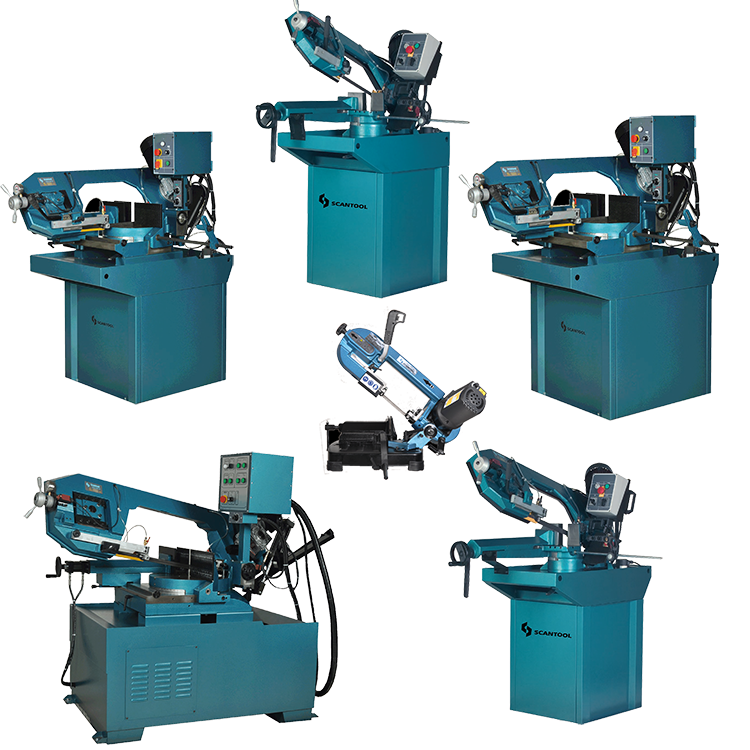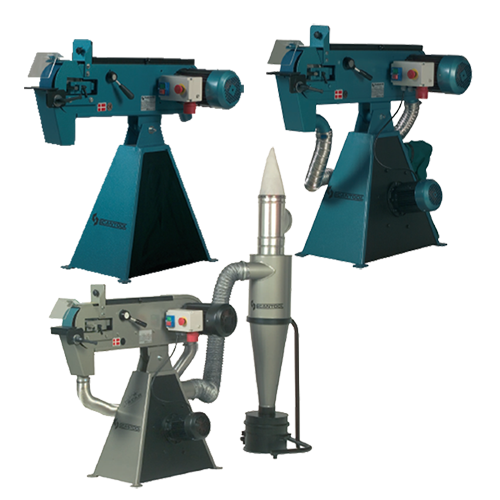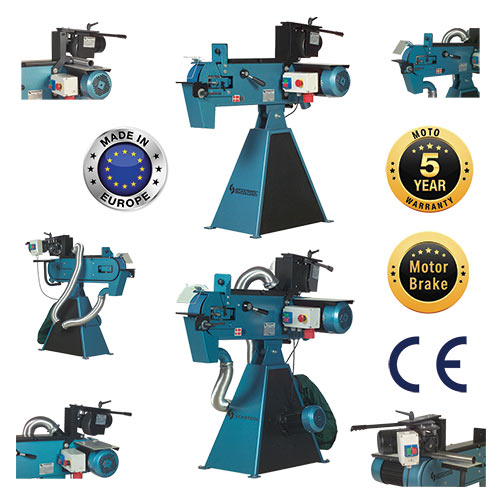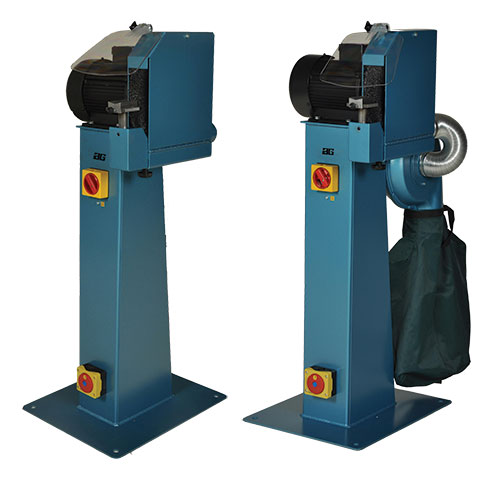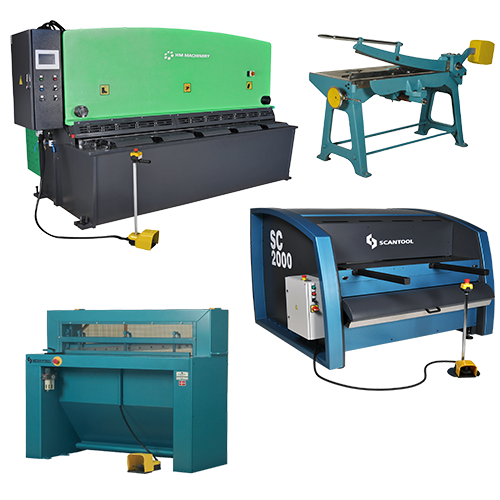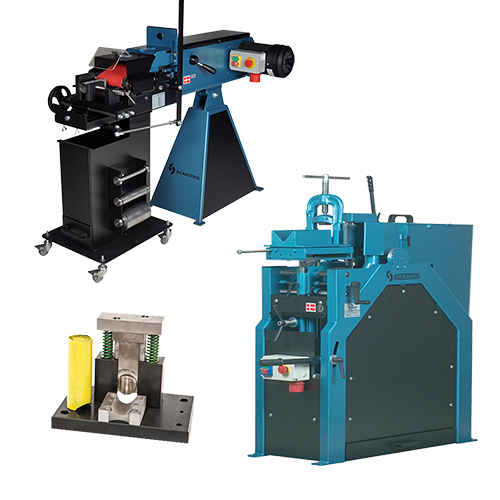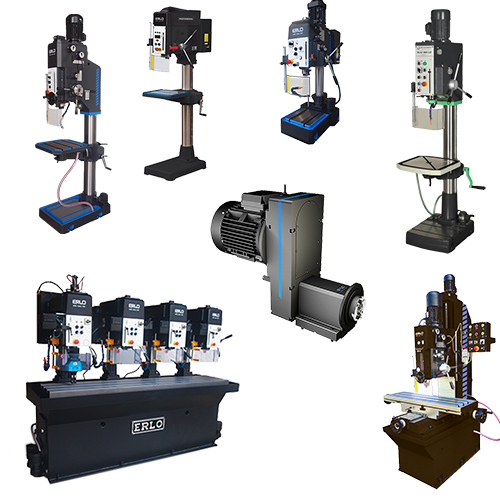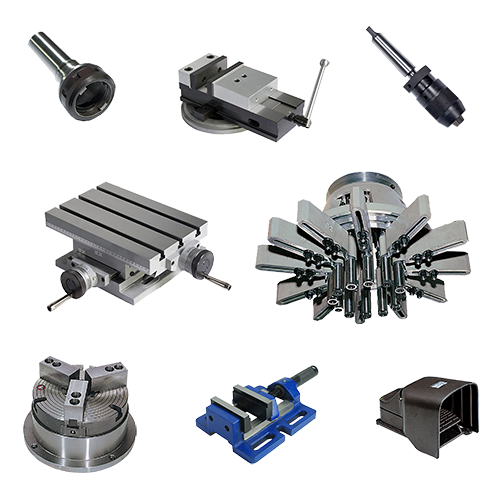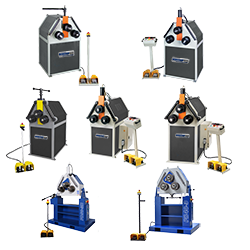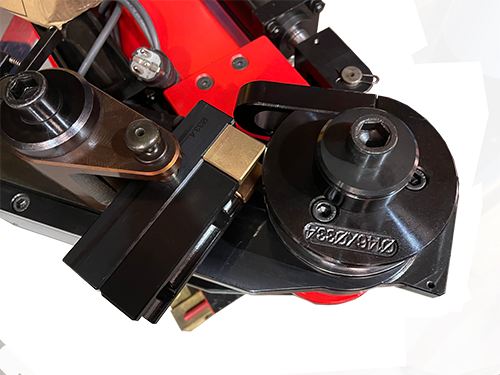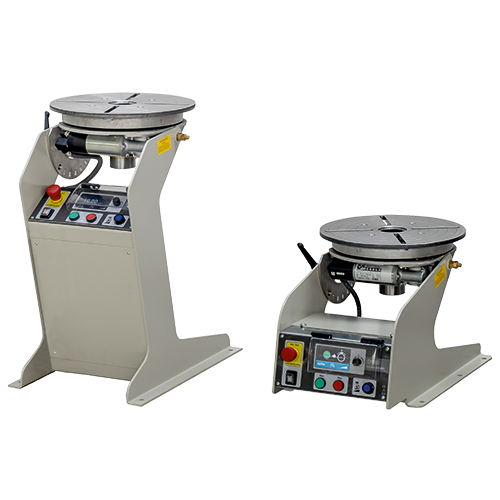Summary. Metal press brakes are essential for bending sheet metals accurately in various industries. Press brakes, including mechanical and hydraulic types, customise metal components. We offer two bending methods: bottom bending and air bending. For quality sheet metal press brakes, contact the provided number.
Metal press brakes are one of the most important pieces of machinery for any metal fabrication shop or business. Why? Because when it comes to bending sheet and plate metals, there is no machine that can create the precise lengths and angles quite like the press brake. It’s an imperative piece of equipment in the metal industry, with press brakes ensuring that parts can be completely customised for each application. They help to deliver bespoke metal components to a wide range of industries such as the automotive, aviation, agricultural, military, and energy sectors.
Related: How Hydraulic Presses Help With the Production Process
What Are Press Brakes?
A press brake is a type of machinery that is used to form lengths of sheet or plate metal. The metal is typically used in manufacturing, industrial applications, or as components for other pieces of machinery. Most press brakes are rated by the length of metal they can bend, and the capacity they have to press the metal. When looking for press brakes for sale, you will usually see the above factors expressed in numbers for example total PPI or pounds of pressure per inch. Press brakes come in many different forms and often come equipped with tooling and add-ons that enable the user to create highly customised components. Press brakes are usually available in two different categories: mechanical press brakes and hydraulic press brakes.
Mechanical Press Brakes
Mechanical press brakes work via a motor that is inside the machine. The motor spins a large flywheel fast, and the machine operator controls it through a clutch. This motion sets the rest of the parts into motion for bending the metal. A mechanical press brake is highly straightforward and makes maintenance and operation incredibly easy. A weakness of the mechanical press brake is that the ram inside the machine needs to complete a full cycle when engaged, it cannot be reversed which can lead to safety concerns if the user makes a mistake. One risk is the press brake becoming locked if the ram travels too far. However, mechanical press brakes are used worldwide, and as long as the user knows exactly what they are doing with the machinery, the risks can be minimised.
Hydraulic Press Brakes
Hydraulic press brakes apply pressure via hydraulics which forces the ram down. They have more than one cylinder which means the operator has much more control over the bend of the metal. As a result, components can be fabricated highly accurately, making them ideal for bespoke requirements. Just like mechanical brakes, hydraulic press brakes do have some disadvantages. For example, such as the fact they cannot exceed their weighted tonnage – there is no flexibility.
Types Of Metal Bending
Press brakes can bend metal in two different ways. These two ways are called bottom bending and air bending.
Bottom Bending
Bottom bending gets its name due to the ram pressing the metal to the bottom of the die. It also creates very accurate bends and relies less on the actual press brake machine itself. However, each tool is made to create one specific bend, so for every angle you need to make, a new tool will need to be purchased in order to achieve them.
Air Bending
Air bending takes place by leaving an air pocket between the ram and the bottom of the die. This type of metal bending allows the machine operator to accommodate for any spring back that the material could have. The dies only need to be changed when the material thickness gets too much, however, the angle accuracy can be affected by the thickness, so rams do need to be changed out accordingly.
Press Brakes For Sales
Looking for press brakes for sale? Or would you like to find out more about our press brakes? Then call today on +44 (0)800 999 1090. You will be put through to a member of our helpful and friendly team.
If you have found this blog helpful, then you may wish to read our previous blog on Profile Bending Machines or What is Tube Bending? Everything You Need to Know and More


